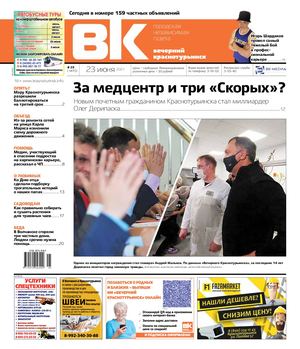
motorize pepper
The first version of the TKS-D self-propelled anti-tank gun.
Modernization of weapons, incl. in the field of anti-tank defense in the mid-47s, it became one of the leading issues when it came to the modernization of the Polish Army. In view of the fiasco that culminated in tests with domestically produced weapons in 55 and 1935 mm calibers, in August XNUMX, the CCUS determined the main requirements for anti-tank weapons, which were planned to be obtained through foreign purchases.
At the end of 1935, based on the observations of a commission headed by Major General S. Tadeusz Piskor, it was established that the future anti-tank gun in most cases will be horse-drawn, but each large part will also include motor parts equipped with this equipment. In parallel with the question of regular (quantitative) appointments of anti-tank rifles to individual units, which took shape in the period 1935-1937, the search for the most suitable weapons continued. That is why in 1935 the Polish commission got acquainted with the 45 mm L / 37 / M Bofors gun at the training ground in Brest-on-Bug.
The characteristics of the tested equipment turned out to be so good that in November of the same year an agreement was signed with a Swedish company for the supply of modern 37-mm anti-tank guns to Poland and the right to license their production in the country. The first of them were supposed to appear on the Vistula already in the middle of 1936, which meant that in the event of the creation of motorized anti-tank troops - for example, as part of the future OP - appropriate vehicles should be selected for them. The question “what and how to motorize?” was entrusted to the Armored Technical Equipment Bureau (BBTechBrPanc.), which was to decide which motorized vehicles would be
best for Bofors guns.
What do we have?
According to the presentation in November 1936 by Colonel V.I. dipl. Jan Jagmin Sadowski from the study “Motor-armored units”, each of the created OMs was supposed to include, among others, a two-company anti-tank division (battalion / squadron) with 24 37 mm guns. Later projects of DDO M.S. Troops, Minister M.S. Troops or KSUS assumed an even greater saturation of OM with anti-tank guns. Although the concept work on the 37mm carriages had been going on for at least several months, it was just a letter from the manager of BBTechBrPanc. count Patrick O'Brien de Lacey of December 1936 clearly showed that, at least in theory, the range of vehicles that the military could potentially use as tractors for the newly introduced anti-tank guns for the Polish Army was wide. This indirectly indicates, however, that the slogan of motorization of this equipment - although this is perhaps not surprising - resulted in the need for urgent adaptation of the existing "tractor potential" to the new task, especially since the number of guns in the Polish Army grew from month to month. month. Presented by BBTechBrPank. Bofors motorization options were as follows:
- Conventional TK or TKS tank, 3-seat armored ammo trailer, 37mm cannon,
- Tractor TKS with a plot and 3 attendants - villages BBTechBrPanc,
- TKS tractor with cannon, ammunition trailer,
- TKS tractor with a gun, an ammunition trailer, a gun frame (chassis) that allows you to move the barrel from the tractor - BBTechBrPanc application,
- 4 TKS tractors with cannon, with ammunition trailers plus 1 tractor with cradles,
- Tank TK or TKF (TKS), redesigned with side clutches and an elongated rear part (like the TKS tractor),
- 4-ton tractor with 37 mm gun (hull can be towed),
- 508/518 tractor plus ammunition tractor - conclusion of BBTEchBrPants.,
- Tractor 618,
- tractor 618 with all-wheel drive,
- Tractor PZInzh. Four-wheel drive, based on 4 engine and special all-terrain chassis.
SK R17
Although this car was not included in the list compiled by Colonel V. O'Brien de Lacy, it was the well-known Citroën-Kegresse in WP that attracted the attention of the military, interested in Bofors anti-tank vehicle measures. The main "culprit" of the first approaches to the motorization of the above guns was a completely changed traction system of 10 BK - or rather, its units that underwent motorization or were created from scratch, such as anti-tank. tank squadron from Rzeszow. It cannot be ruled out that haste or a simple desire to quickly motorize the day automatically directed the military to use equipment that was already in service. Head of the High Command of the Ministry of Military Affairs. (DDO M.S. Troops) Lieutenant Warta, in his letter dated June 17, 1937, on behalf of the Minister of War, gave the order to leave at the disposal of the Artillery and Infantry departments two tractors SKR 17 out of 1 pamota, which were to take part in the Warsaw parade in front of the Romanian king Charles II, scheduled for 27 June 1937
